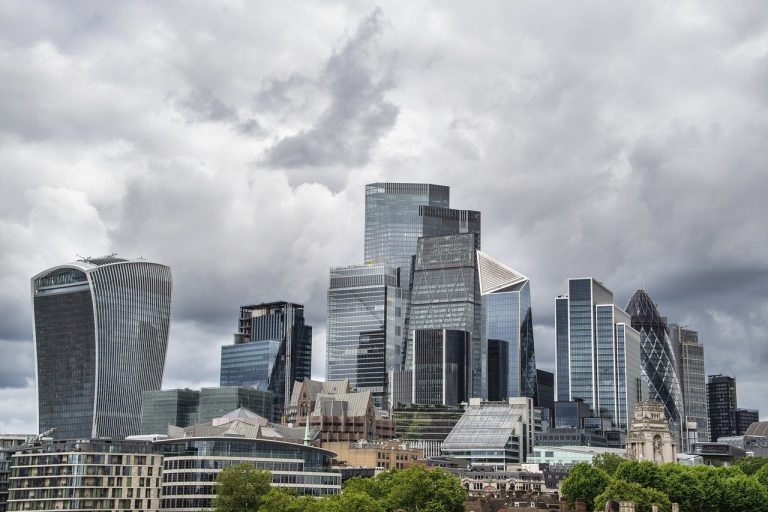
From the cradle to the grave
My initial thoughts about what Eco meant in the context of property were primarily about green energy technologies, such as domestic wind turbines, solar heating panels and photovoltaic cells. These are all noteworthy, but do they really have the potential to create long-term and meaningful reductions in greenhouse gases? It is when I considered the parallels in the automotive industry (where I work), that the focal point of this post formed.
Let me explain, much is spoken of technologies such as engine stop/start systems and hybrid vehicles.
True, they do have a positive effect on the fuel economy/consumption of vehicles and therefore, by implication, on greenhouse gas emissions in the usable life of a vehicle but that is not the whole story when it comes to the environmental impact for the lifecycle for a vehicle.
So to truly understand the full impact of any product, we need to consider the complete process start to finish, cradle to grave. Unless we do this and really interrogate the full value stream, the full lifecycle, perhaps we will never make the step changes that are needed to combat the impact of greenhouse gas emissions and global warning.
For any property does that mean from build, through useful life to demolition? No, I would argue we need to consider the process right from the point where the basic raw materials are obtained.
In the UK, as Roberta suggested in a comment made the other day to me, we have a fixation with bricks and mortar. I think of this as a combination of concrete, bricks, mortar, plaster board, roof tiles, wooden studding and perhaps some steel girders. As I cast my eyes over this I see a list of primarily manufactured products.
Construction Materials
Their life cycle starts with extraction from mines or quarries, using heavy machinery, then transportation to a processing plant. Their processing will generally involve high temperature processes, using gas or high power electrical elements; which directly or indirectly produce carbon dioxide. Once processed, there will be transportation, which will ultimately get them to their place of installation.
As a particular example, cement, a key component of mortar and concrete starts life as calcium salts, requires heating to 1450 celsius during processing; as a result of this process for every tonne of cement made approx 900kg of carbon dioxide is released as a byproduct, over and above that produced as a result of heating.
Contrast this to wood, during the growth of a tree the natural photosynthesis process actually takes carbon dioxide from the atmosphere and reduces it to carbohydrates that fuel the tree’s growth.
A byproduct of this process is oxygen. Of course, depending on the circumstances under which the tree is farmed, there may be some energy usage and once ready to be harvested the cutting, transportation and processing will involve machinery. But I suggest that these are going to be of a significantly lower level and intensity than those required to deliver the man-made products above.
Once built all properties, during their useful life, will require climate control of some form, lighting, cleaning and maintenance. The levels of energy used will be largely dependent on the efficiency of the building, governed by the materials and their properties chosen to construct it and the design of the building. In this phase of life, the application of the technologies mentioned earlier can have a positive impact on energy usage.
Reuse The waste
At the end of useful life, we are left with the task of demolition and how we treat the ‘waste’. What materials can be reused with no further or minimal processing? A neighbour of mine used reclaimed bricks to build his extension. What can be recycled, but will need some form of processing to achieve that? Which can be ‘recovered’, in that I mean which can be treated in such a way as to recover energy from it? Which do we have no other alternative but to send to landfill?
These are all things that can positively or negatively impact the environment. Any form of processing or logistics will expend energy and therefore contribute further to greenhouse gas emissions. Concrete, for example, can be recycled as filler/hard-core for other developments; However, this will once again require heavy machinery to process it. Alternatively, wood could be incinerated to recover energy in form of heat to generate electricity in a bio-mass plant.
Deep And lasting Change Is Required
This is a complex topic and to investigate the full lifecycle of any particular instance would require far more depth than is possible here. There are also questions of strategy and infrastructure that need to be asked and answered, if we were to move away from bricks & mortar. Broader considerations, such as the indirect/unmeasurable impact on the ecological system of green belt developments and even brown site redevelopment are required.
So when we consider Eco with respect to property development, if we are truly going to make deep and lasting changes, perhaps we need to consider more than the application of technologies or some design aspects alone.Do we really need to start looking deeper and wider at the total impact of developments, cradle to grave?


